Escrima is a popular Filipino martial art dating back to the 1500s, during the colonization of the Philippine Islands by the Spanish. Escrima is a type of battle technique designed as a tool that is self-defense. Escrima is also known by many other names like Eskrima, Arnis, Arnis de Mano, Kali and FMA (Filipino Martial Art). Due to its effectiveness, Escrima is taught extensively in several Special Forces including the Navy Seals and Army Special Forces.
Short History:
Many consider that Escrima or Filipino Martial Art originated from Chinese affected Indonesian fighting with approaches like Tai Chi double pole forms and Kun Tao Fa. Other people consider the Escrima art form to be completely created by the Filipino people. On the other hand, the explanation appears to be suspended from the history of the colonization.
A form of art very similar to Escrima had already existed but was just recreational when the Philippine Islands were occupied by the Spanish. However, this art started to become a more martial discipline when the Spanish prohibited indigenous Filipino weapons like the Bolo (machete), daggers and fighting sticks in the 1700s. Before the Americans took over in 1898, it stayed a covert art. After that, the Filipino Martial Art started to gain fame and recognition.
Escrima had been introduced and popularized by Filipino immigrants in the Western states of California and Hawaii, particularly after the Second World War.
Weapons and Footwork in Escrima:
Unlike other kinds of martial arts, the tool to learn the concepts of Escrima is concentrate. The Rattan rod has become the weapon which includes hand and mind protection in comparison. Other weapons include tempered and burnt rod made from wood, for example as Molave or Kamagong (ebony). Modern versions might be created out of aluminum, or other metals, or high-impact metals. The Nunchaku (also referred to as Kung Fu sticks or Double rods ) weapon has been popularized by celebrity Bruce Lee, an avid practitioner of Escrima.
Each range – the space between competitors – in Escrima includes its own attributes and footwork methods. Footwork allows control of these ranges. The footwork is displayed in terms of triangles with two feet occupying two corners of the step and the triangle to the corner. The triangle’s form and size will be dependant on the circumstance.
Escrima Facts:
1. Escrima is mix of hard (such as Karate) and soft (such as Tai Chi Chuan) fashions.
2. Escrima is educated with no need for toddlers on settings that were perfect.
3. Restraining techniques aren’t concentrated on but instead on battle designs, offensive.
4. There are no official rankings in Escrima except for names to recognize seniority of teachers.
5. The majority of the energy in Escrima is based from economy and body motion of movement, as opposed to strength.
6. Escrima is a complete martial art, specializing in empty-hand and weaponry methods.
7. Escrima provides effective training in sparring against competitors.


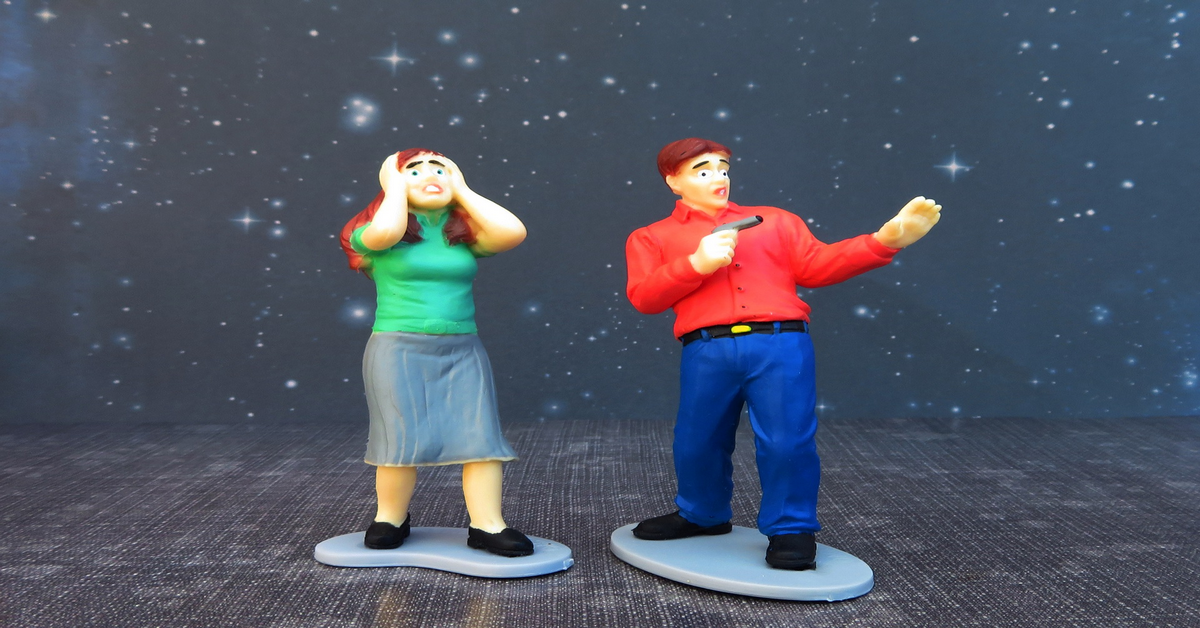
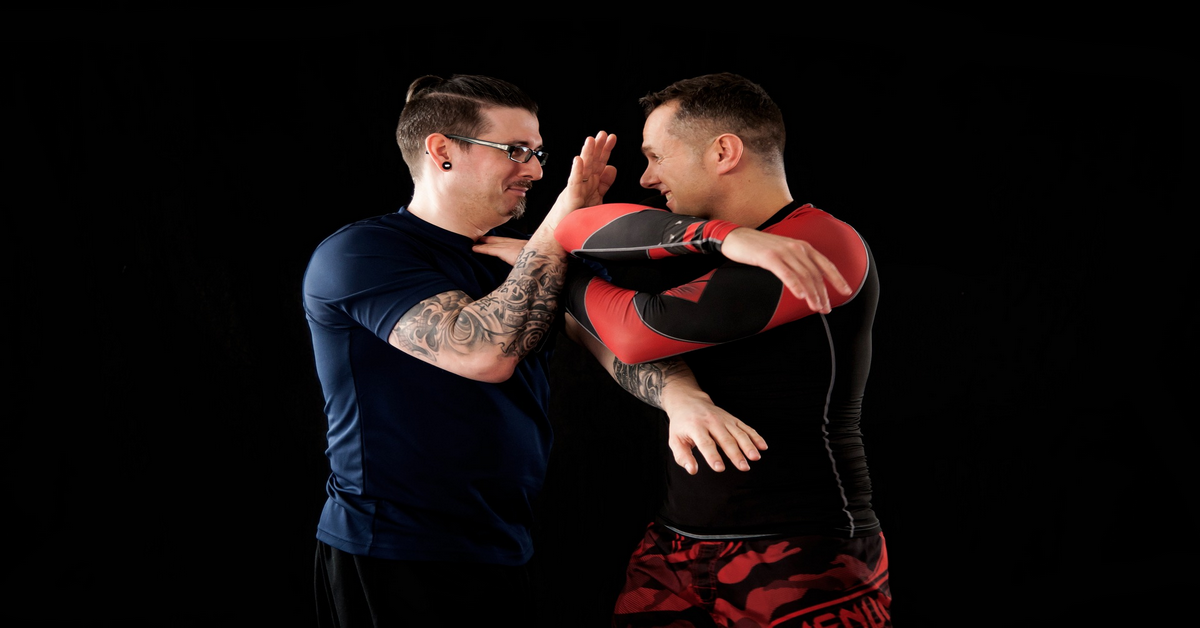
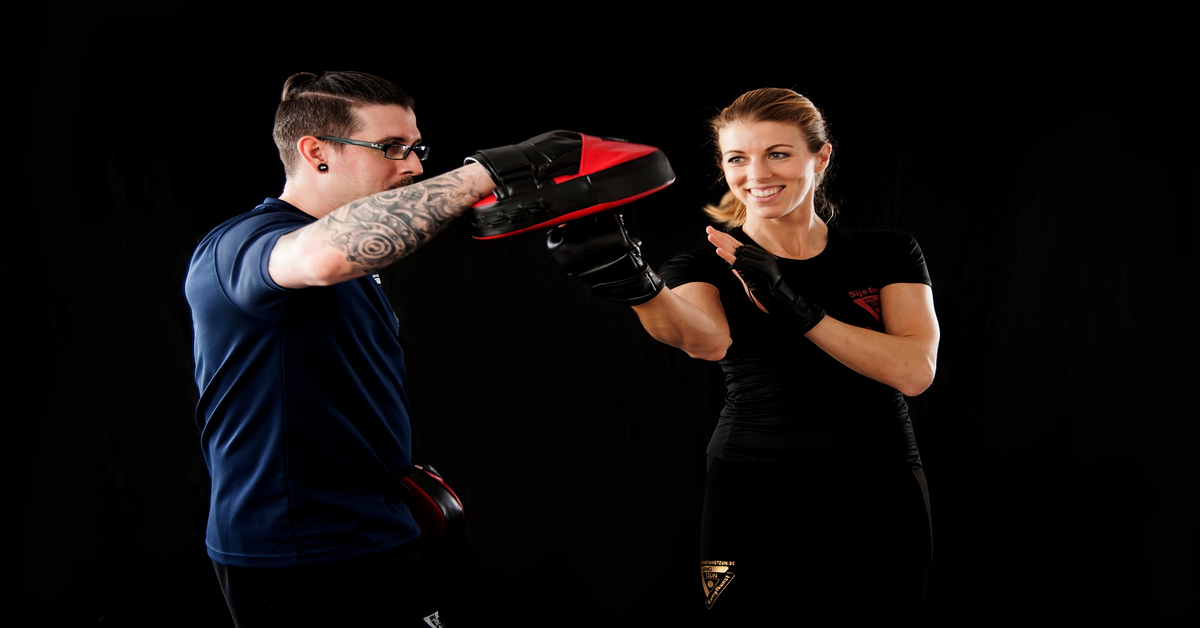
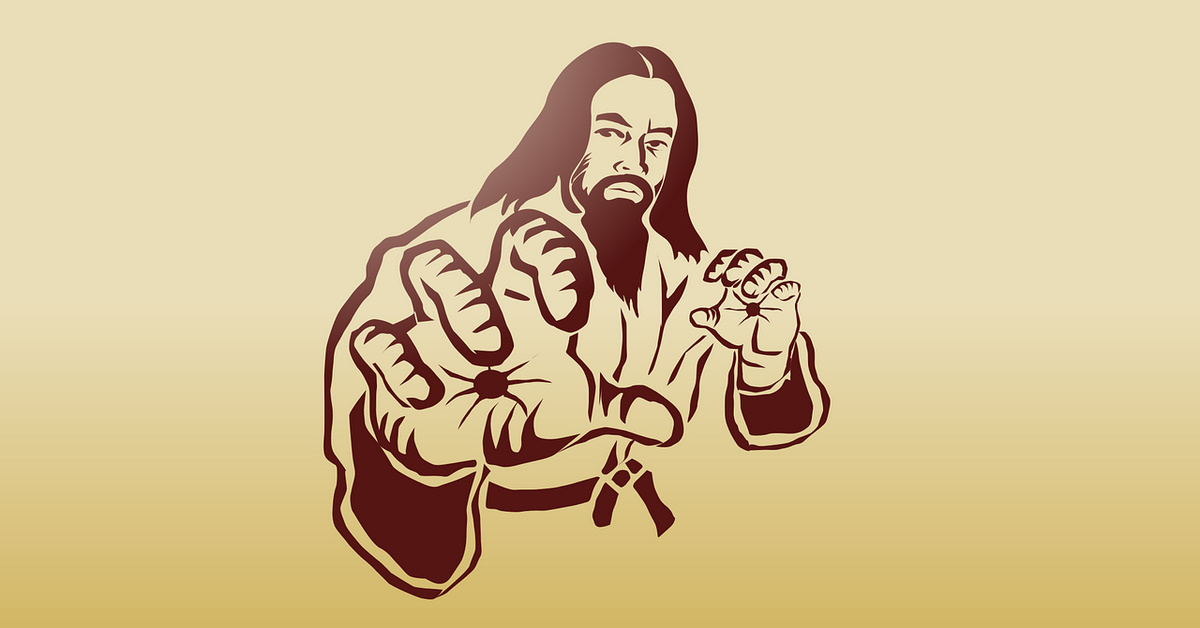
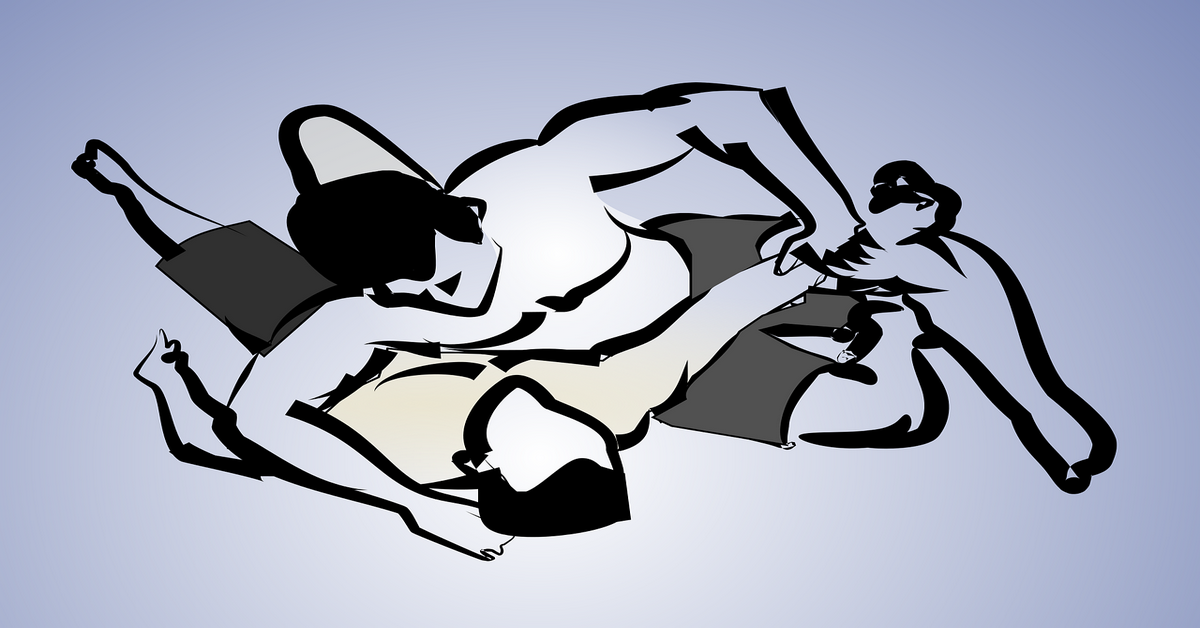

Customer Reviews
Thanks for submitting your comment!